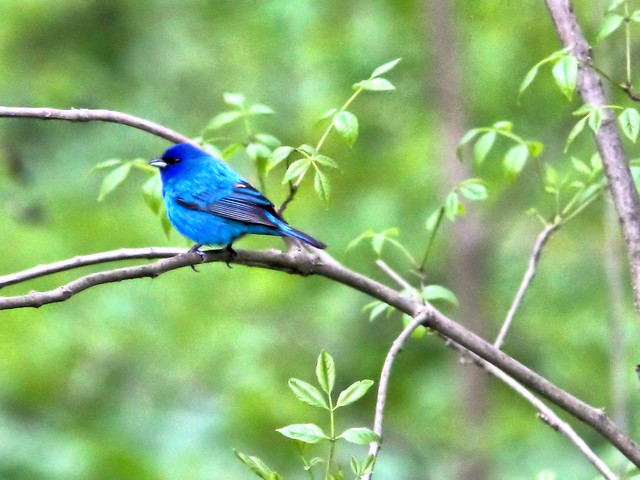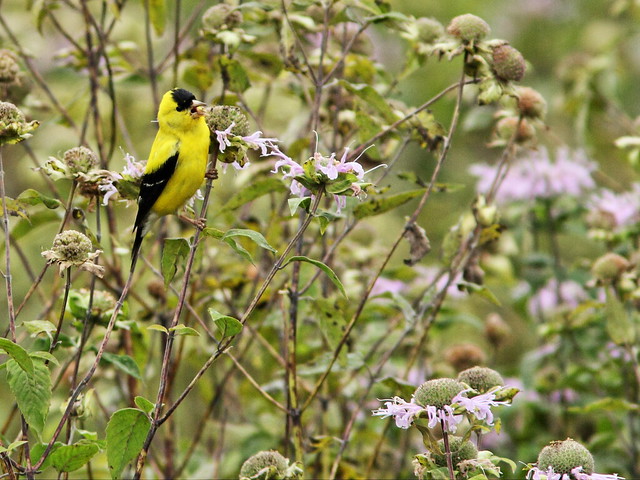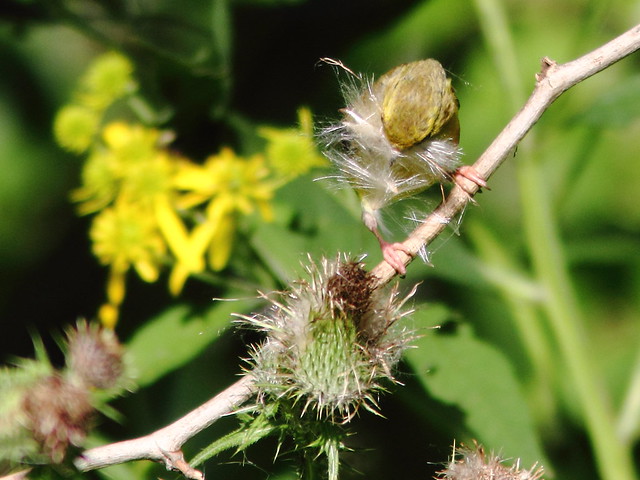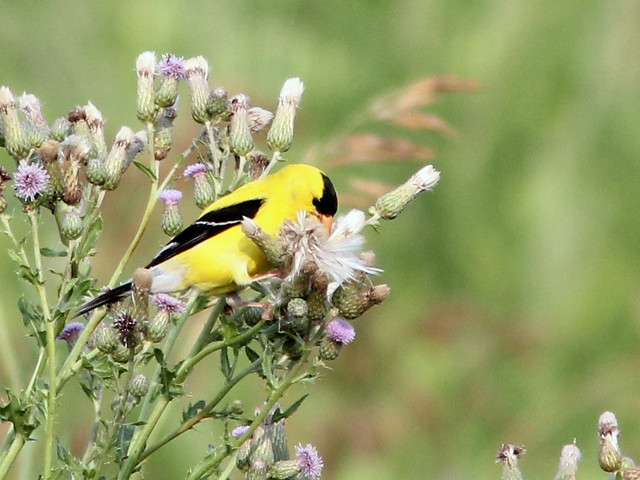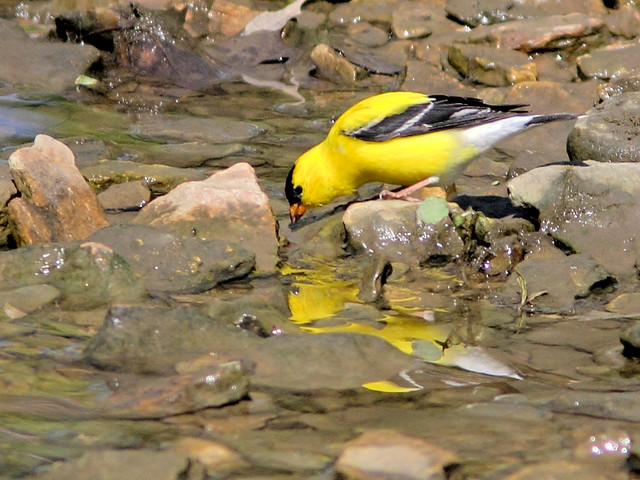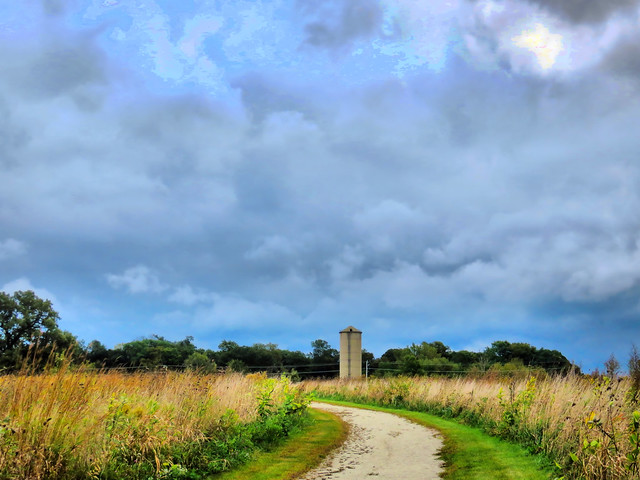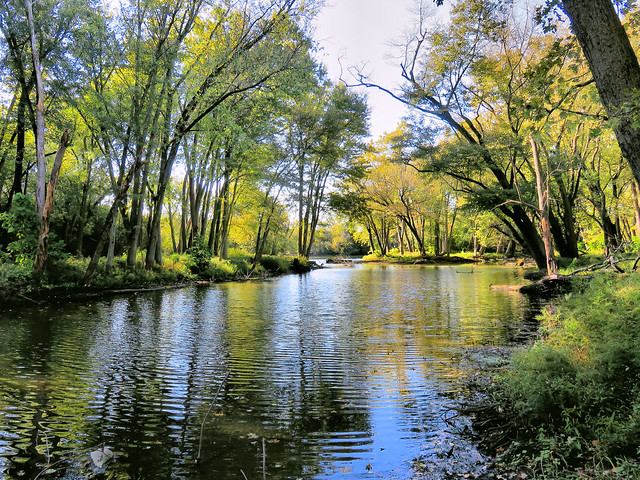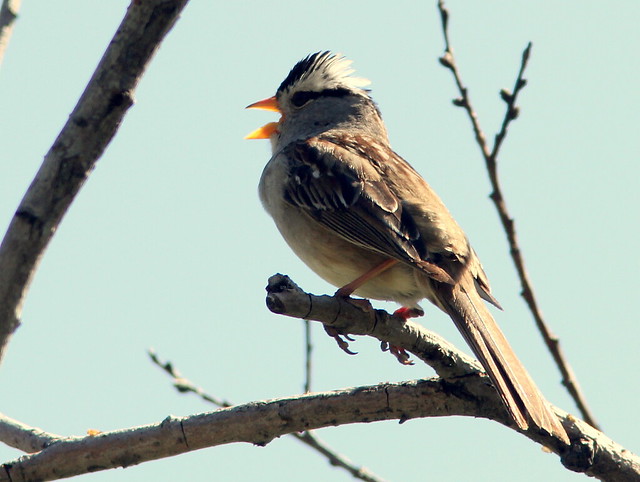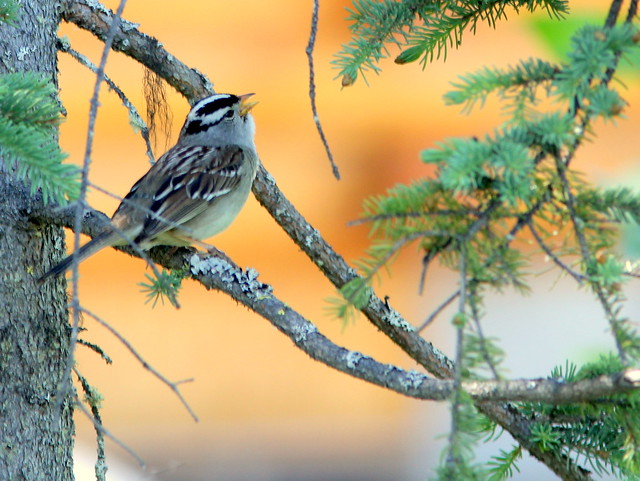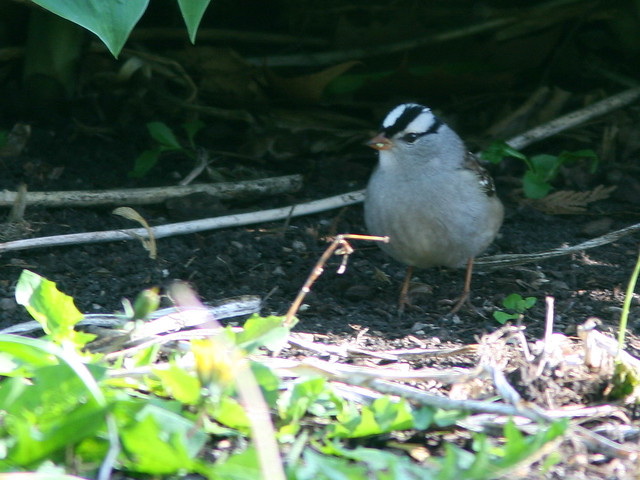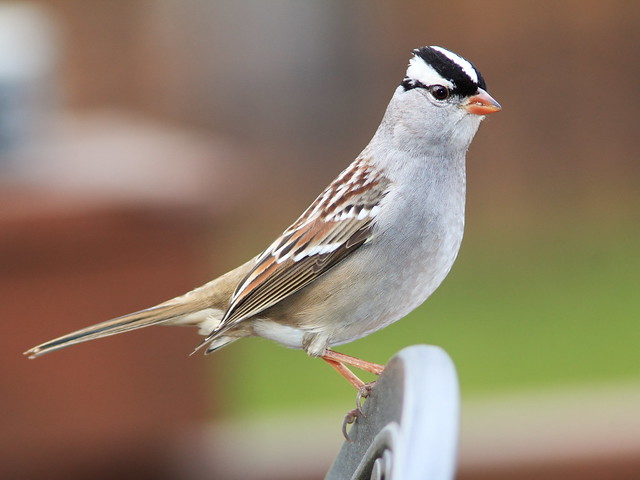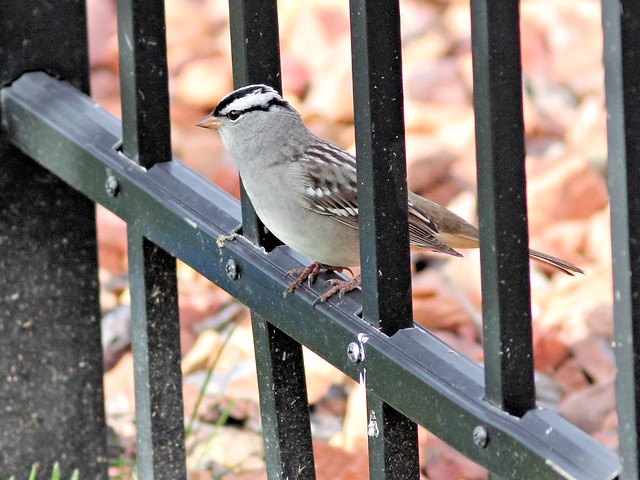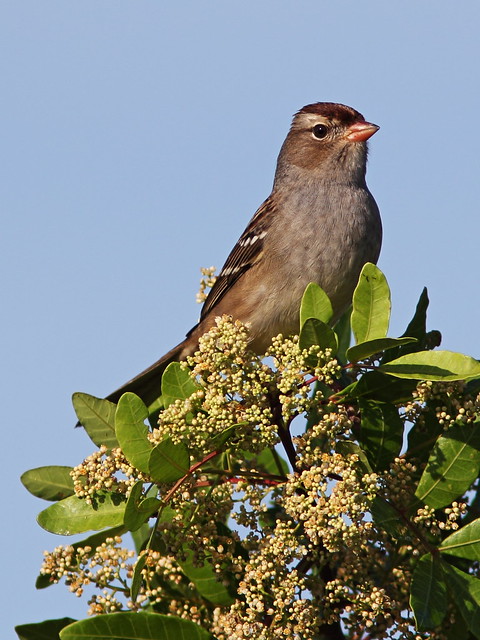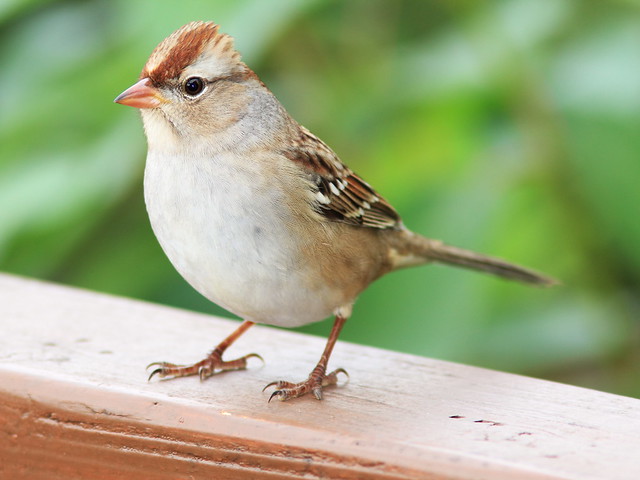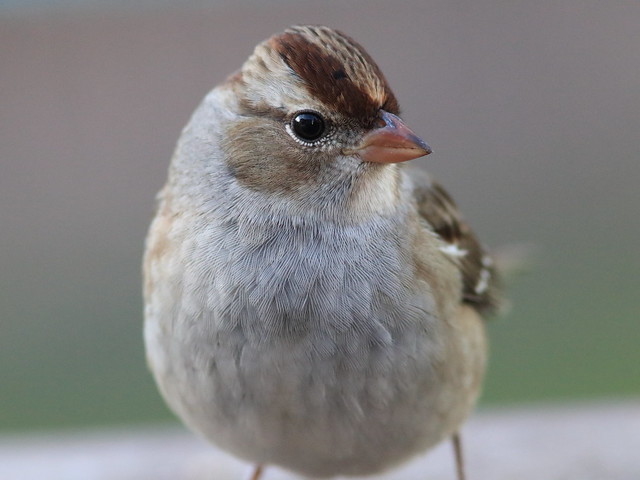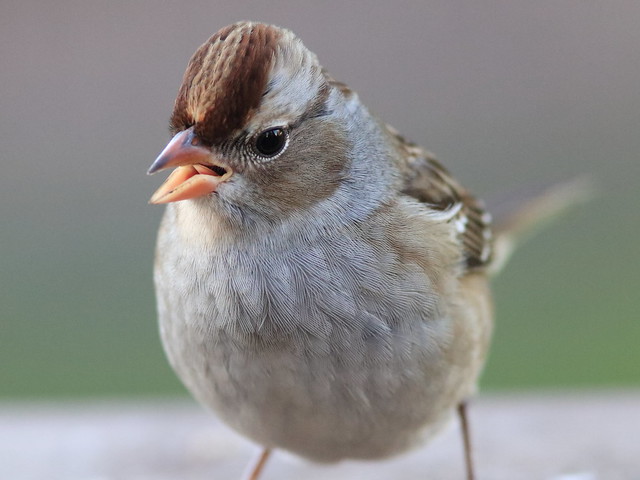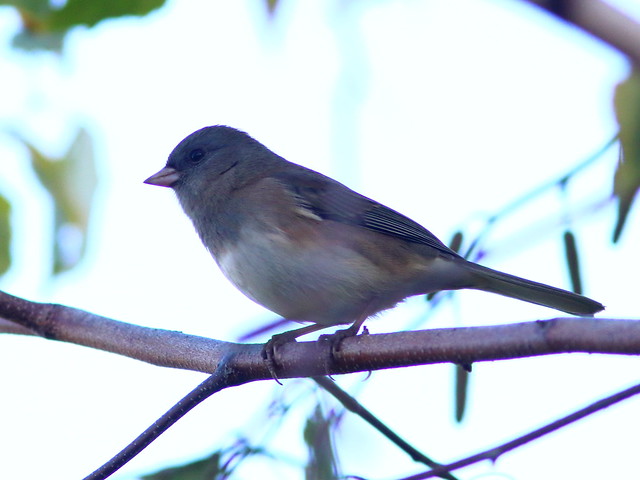He was our canine Grandson (Nieto). Our human Neitas took part in the celebration (Why are there only 7 1/2 candles on my cake? I think they know why!):
They welcomed Agramonte into their home just before Christmas in 2007:
He knew he was loved:
Agramonte played in the snow. His winter fur was so dense that he could sleep in a snowdrift:
We first met him when we "migrated" back to our second home in April, 2008. Agramonte was 5 months old:
He grew up very rapidly. Here he is at 10 months of age:
Neighbors sometimes thought our granddaughters had a lion on a leash. He loved the girls and was very protective of them, not in a fierce way but he would stand between them and any possible threat. One day I walked Agramonte with them to a small playground in a nearby park. The girls played on the swings and slides, so I decided to walk Agramonte a little way down the path. However, when we reached a turn where he could no longer see the children, he stopped dead, sat down and absolutely refused to go any further. I tried to make him stand and lead him on until I realized he did not want to lose sight of his treasured little friends:
Here he is at 10 years of age in 2017, as he watched me barbecue a chicken in the back yard. If he wanted to, he could have overpowered me and inhaled that bird:
Moncada, another Tibetan Mastiff and Agramonte's little "brother," joined the family in 2018. This is how the mastiffs spend most of their days:
A few days later, Cazador, a black Standard Poodle puppy, made them a doggie threesome:
Our Illinois family flew down in April 2019 to join us for a short but memorable vacation on the Florida Keys. "The sun comes up and the sun goes down. The hands on the clock keep going around..." And then there was the Coronavirus.
Tranquility Bay sunset:
April memories: Sedate Black-necked Stilts in formal garb, reflecting...
During our last visit to Illinois in May, 2019, it was clear that Agramonte's health was failing, He retained his sweet disposition despite a loss of energy.
The COVID restrictions have kept us apart since then.
Despite treatment, his attempts to walk became increasingly painful and impaired. Finally he could not even stand up. For a large breed at 13+ years, his "dog age" calculator says that both he and I are about the same age.
The veterinarian just made a home visit and helped Agramonte say goodbye.
A little spark of consciousness has been extinguished, and the universe is somehow diminished.
Goodbye, Agramonte, you big friendly, fluffy, furry phlegmatic doormat of a dog.
Sunset in Batavia, Illinois:
= = = = = = = = = = = = = = =
Linking to:
Fences Around the World
Skywatch Friday
Weekend Reflections
Saturday's Critters
BirdD'Pot
Camera Critters
All Seasons
Wordless Wednesday (on Tuesday)
Natasha Musing
Our World Tuesday
Please visit the links to all these posts to see some excellent photos on display
________________________________________________































